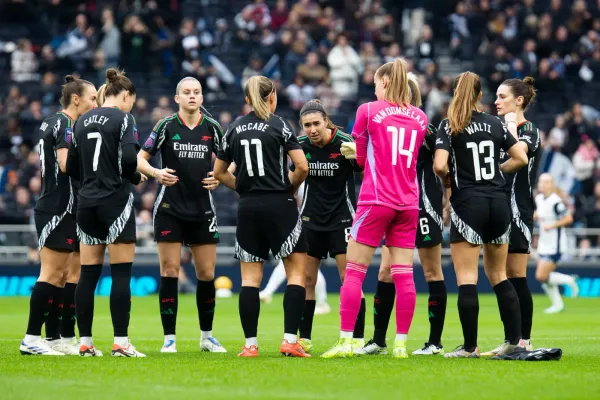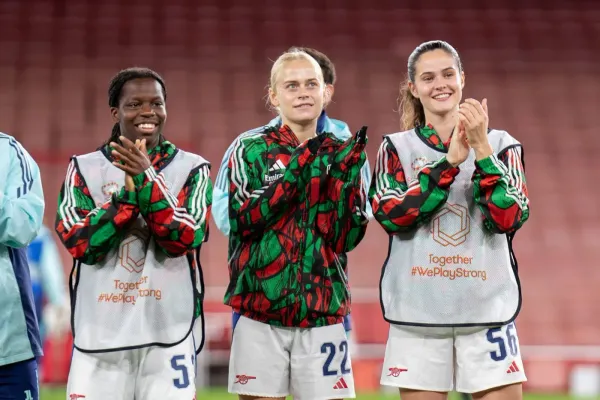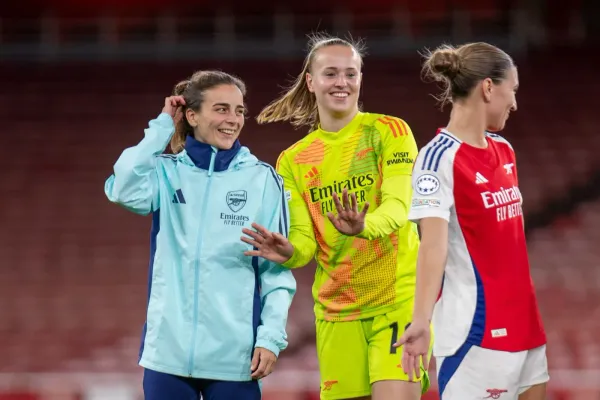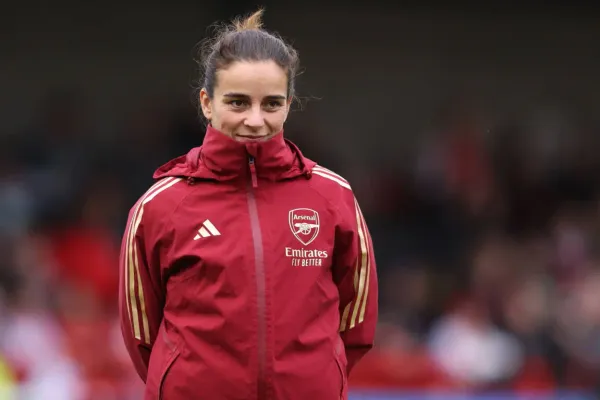Little Mix
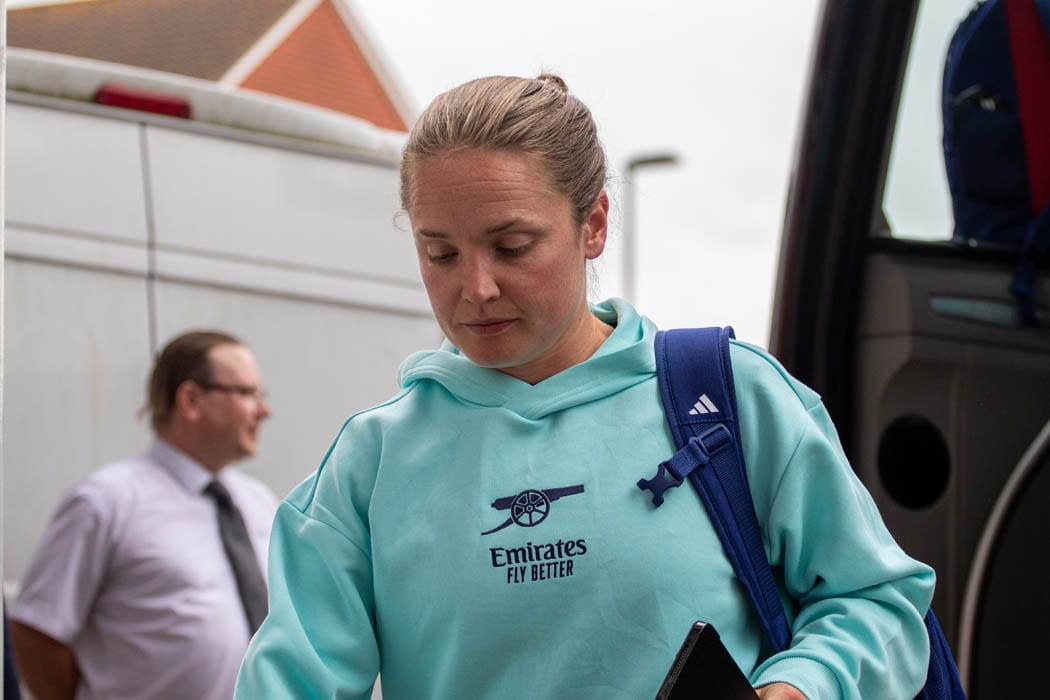
‘She trained yesterday. It was just a precaution. With the busy schedule, we decided not to use her today. We’ll assess further going forward.’ This was Renee Slegers’ explanation for the absence of Kim Little against Aston Villa on Sunday. Given that Little retired from international duty in 2021 and hadn’t played since the 1-0 victory over Juventus on November 21, her own schedule has not been that busy in terms of playing games.
In truth, with Lia Walti out and a crunch Champions League game against Bayern Munich on the horizon, I imagine Renee Slegers’ thinking was more along the lines that she wants to do everything in her power to have her captain available for what could shape up to be a shootout for top spot on match day six of the group stage. Little was also spared for Thursday night’s game in sub zero temperatures in Oslo on an artificial surface.
Slegers also showed a willingness to be proactive at half-time of the Aston Villa game. Emily Fox has started every single Arsenal game so far this season off the back of an Olympic summer and has started all but one of the USWNT’s matches this season too. With the Gunners 2-0 ahead and dominating against Villa, they decided to rest Fox’s legs for the second half.

When I asked Slegers about the substitution, she said it had the added bonus of affording Lotte Wubben-Moy a significant number of minutes in the team. Slegers took a similar decision in the previous WSL game, with a 2-0 half-time lead against Spurs, she subbed captain Kim Little for Kyra Cooney-Cross. Slegers says the sub wasn’t pre-planned but they felt in control enough of the game to both rest Little’s legs and give Cooney-Cross a solid number of minutes.

‘We were 2-0 up at half-time, we have played a lot of games, we have one more game ahead of us and we have midfielders who deserve to play so that was an in-game decision to change the six at half-time. Kyra is a really good footballer, she is a great player, I am happy she got to contribute.’
Walti’s recent surgery means that Cooney-Cross is now needed and playing an entire second half away at Spurs can only have helped her. While Slegers has shown a willingness to be pragmatic with her use of the squad, even if her starting line-ups have been as consistent as injuries have allowed, there is a difference emerging in the way that Kim Little is being managed this season.
In 2022-23, she averaged 85 minutes per WSL start. In 2023-24, she averaged 76 minutes per start. This season, she is averaging 67 minutes per start. Little is still a fixture as a starter but Arsenal are showing a greater willingness to take her off earlier in games, which has the added benefit of giving Cooney-Cross more minutes. The Australian is averaging just over 46 minutes per WSL fixture she has been available for this season, last season that number was 39 minutes per WSL appearance.
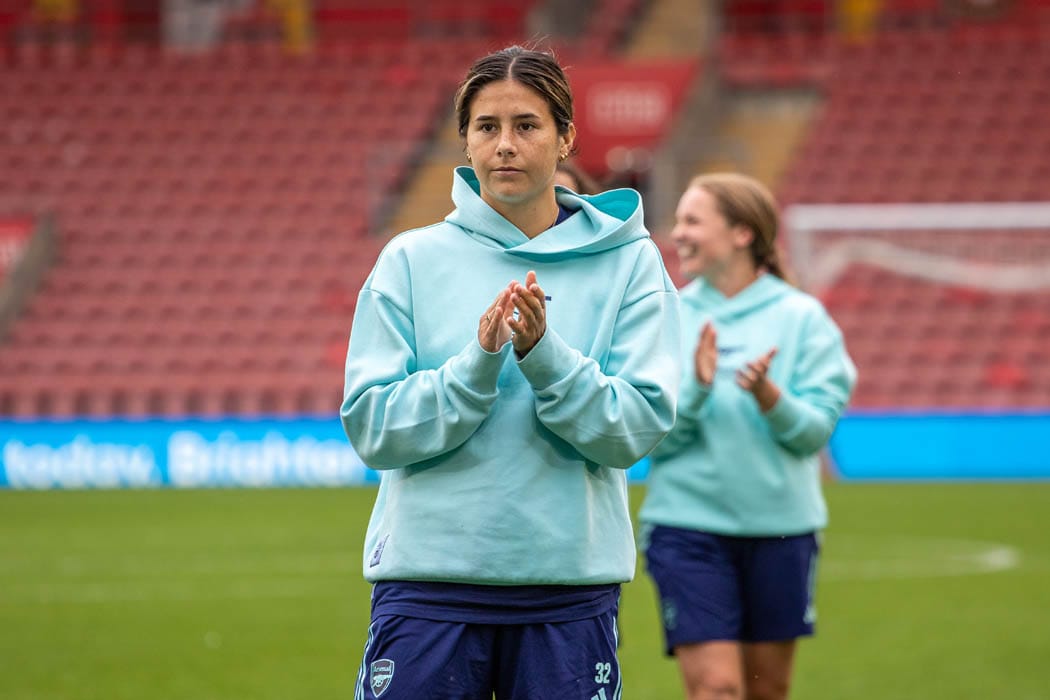
There is almost a perfectly direct correlation between the drop in Little’s minutes and the rise in Cooney-Cross’. I think both Little’s obvious long-term quality and her international retirement in 2021 had created premature anxiety and speculation over her future. It is true, in fairness, that female footballers do tend to retire earlier than their male counterparts. Often this is due to an accumulation of knee injuries which female players are more prone to and also because the financial incentive to continue playing is not as stark as it is in the elite men’s game.
I am speculating here, but Little’s international retirement came so hot on the heels of the appointment of Pedro Losa as Scotland coach it is difficult to believe those things were not related. Little opted to represent Team GB at the 2021 Olympics too and the Scottish FA were, apparently, a little nonplussed, as they were in 2012 when Little took the same decision.
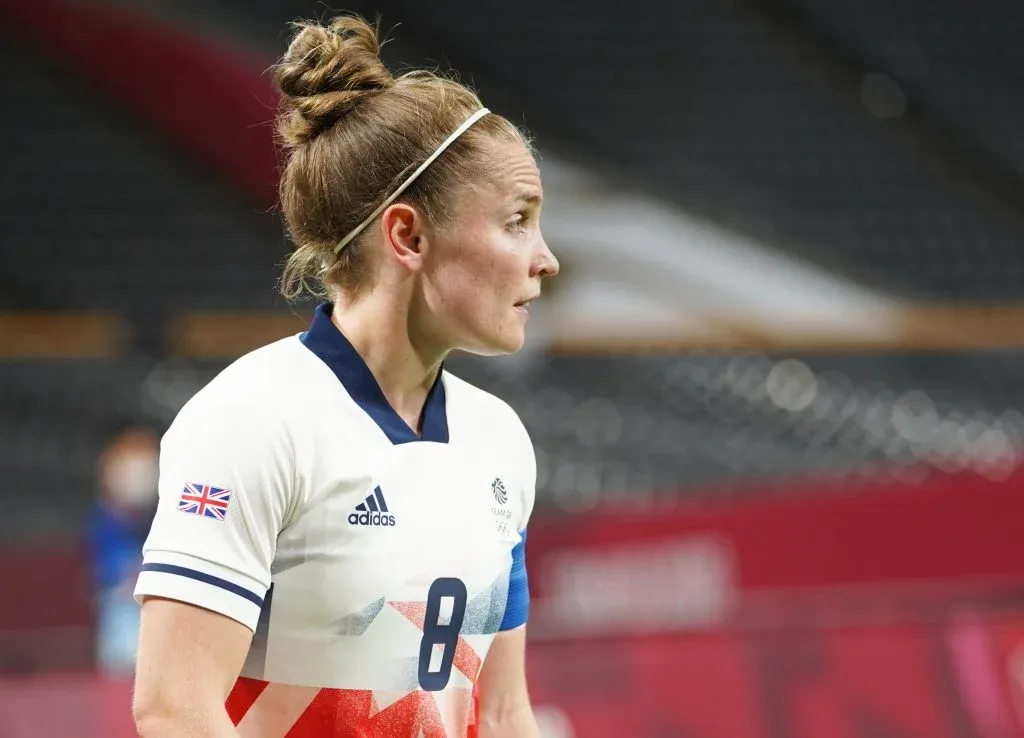
In 2012, she was such a big player for their present and future that the Scottish FA were never going to threaten her with expulsion from the national team. Caroline Weir also went to the 2021 Olympics and would have had the same reassurance. But reading between the lines, Kim probably just felt the Olympics was a good time to bring the curtain down on her international career and Scotland’s failure to qualify for any of the three major tournaments proceeding her retirement has only resolved to confirm the sagacity of the decision.
I think it is understandable that that decision created anxiety among Arsenal fans but I don’t believe that in 2021 she was seriously thinking about the end of her club career. She has since twice signed contract extensions with Arsenal. I also think football fans have a tendency to talk about players in their 30s as though they are on the verge of a free bus pass.
However, Father Time is undefeated and the age curve comes for every single player eventually. Some players drastically tumble off it but usually the evolution is incremental. I believe that is what we are seeing with Little at the moment. Were Victoria Pelova fit I wonder whether the 67 minutes per WSL appearance for Kim might be lower still. Chelsea managed Ji So Yun, a very similar player to Little, in a very similar and gradual way.
The decision not to play Kim against Villa and Valarenga despite there being no significant injury suggests that while Arsenal aren’t (and shouldn’t consider) cracking out the tartan blanket and mug of Horlicks for her yet but there is some careful management being applied. I feel Lia Walti is often too liberally tossed into this conversation too. At 31, she is very much still in her peak for her position and playing like it. I don’t expect her starting place to become available any time soon.
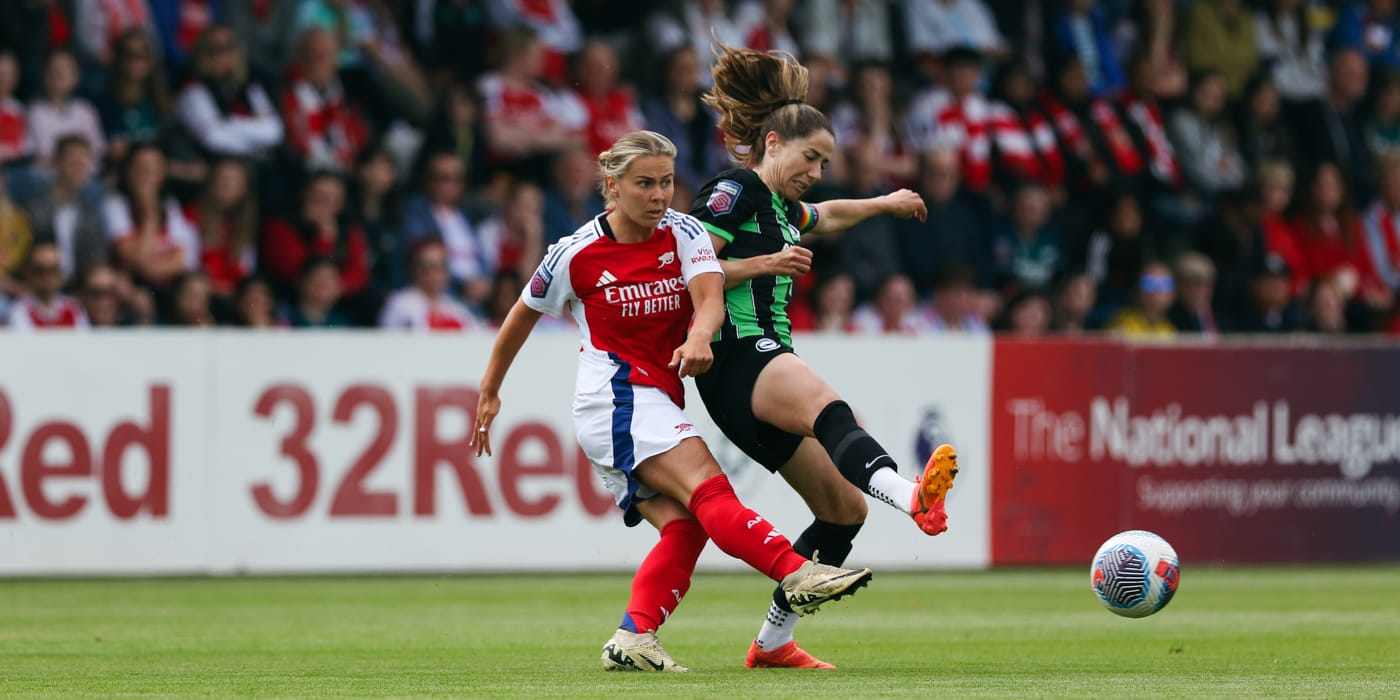
The difficulty in the transition for Arsenal is that, essentially, Pelova is probably the long-term Kim replacement. Cooney-Cross bears a greater similarity to Walti and the partnership between the Swiss and the Australian is not quite as complementary. It means that Little is needed as a starter more often without Pelova.
On Sunday, Slegers opted to drop Mariona into a deeper position alongside Cooney-Cross because the Spaniard provides a good analogue to Little’s technical qualities. Pelova is beginning some team training so her comeback, which will need to be managed carefully, is at least on the horizon.
With Kathrine Kuhl likely to leave in January it does leave open the question as to whether Arsenal go back in for Keira Walsh at that stage. I understand the plan was always to go back for Walsh after the summer’s aborted attempts to sign her, at the moment I am unclear whether that was intended for January or the summer. I wouldn’t be surprised at all if Arsenal did return to the negotiating table with Barca to try to secure a deal if a reasonable price could be agreed. (This is all speculation on my part for the time being).
But all in all, the weaning from Little’s considerable influence is underway. She will be 35 at the end of the season and clearly the planning shows a gradual reduction (albeit from an incredibly high bar to a still pretty high bar) in the minutes she is playing. The fact that Arsenal want to guard her so closely for the Bayern game next week illustrates her importance to the team.
But Arsenal bought Victoria Pelova when she was 23. She wasn't a youth player and clearly the intention was there to have a player ready to step into the Arsenal team and assume a significant mantle reasonably quickly. Cooney-Cross and Kuhl were development signings in nature. In a way this transition is Arsenal's answer to Operation London Bridge. The time is not yet but the arrangements are being made.

